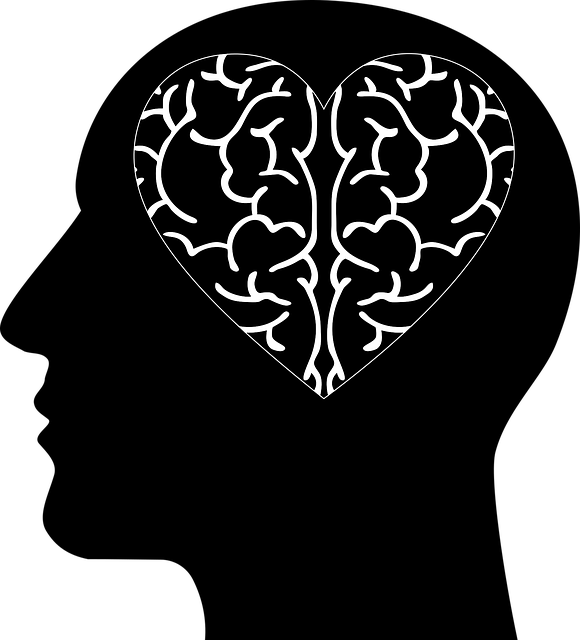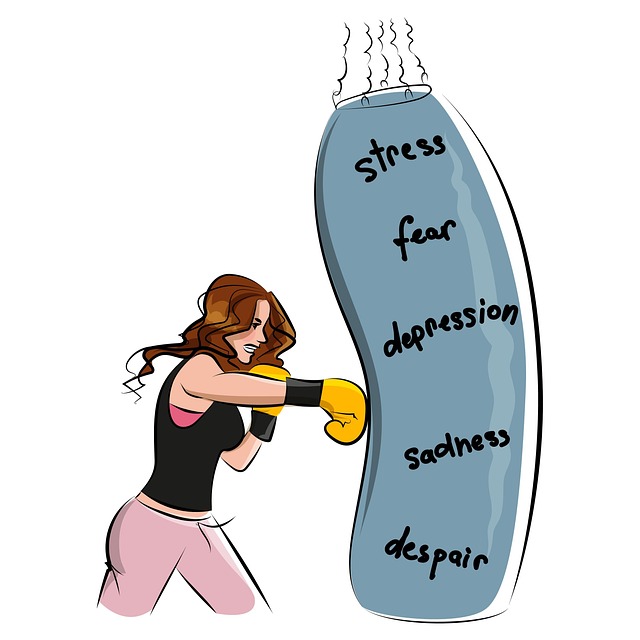Somatic Experiencing (SE) therapy, focusing on mind-body connections, is an effective approach to healing past traumas and improving mental well-being. Integrating SE into mental health education empowers individuals through self-care routines, open discussions, and emotional regulation techniques. This holistic method, combining SE with emotional well-being promotion, teaches students practical skills for managing trauma responses and fostering resilience. A structured curriculum, including group activities and evaluations, ensures successful program implementation, leading to better community mental health.
Mental health education is a cornerstone of holistic well-being, and designing effective programs requires integrating therapeutic approaches like Somatic Experiencing. This article delves into the Therapy for Somatic Experiencing as a powerful tool to promote mental health. We’ll explore key components for program design, curriculum integration, and implementation strategies. Understanding Somatic Experiencing provides a framework for enhancing mental health literacy and fostering resilient individuals. By implementing evidence-based practices, we can create supportive environments that cultivate emotional balance and overall well-being.
- Understanding Somatic Experiencing: A Brief Overview
- The Role of Mental Health Education in Promoting Well-being
- Designing an Effective Program: Key Components
- Integrating Therapy for Somatic Experiencing into the Curriculum
- Implementation, Evaluation, and Continuous Improvement Strategies
Understanding Somatic Experiencing: A Brief Overview

Somatic Experiencing (SE) is a powerful therapeutic approach that focuses on the deep connection between our minds and bodies. This method recognizes that traumatic experiences can leave physical sensations and responses that, if left unaddressed, can contribute to ongoing mental health challenges. By understanding and processing these somatic responses, individuals can gain significant insights into their emotional states and past traumas.
SE incorporates various techniques, such as Self-Awareness Exercises and Social Skills Training, to help clients identify and release repressed sensations and memories. Emotional Regulation is a key component, teaching individuals how to manage and interpret their bodily reactions. Through this process, folks can achieve profound healing and a deeper sense of well-being.
The Role of Mental Health Education in Promoting Well-being

Mental health education plays a pivotal role in fostering well-being and creating a supportive environment for individuals to thrive. By integrating topics like self-care routine development for better mental health, educators can empower people with practical tools to manage their emotional and psychological states. This proactive approach aims to reduce the stigma associated with mental illness, encouraging open conversations and promoting early intervention.
Furthermore, incorporating therapy techniques such as Somatic Experiencing can significantly enhance these educational programs. Such practices help individuals connect mind and body, offering a unique perspective on healing and self-discovery. Ultimately, these initiatives contribute to creating a more compassionate and inclusive society where mental health is prioritized, ensuring better overall well-being for all.
Designing an Effective Program: Key Components

When designing a mental health education program, it’s crucial to incorporate key components that ensure its effectiveness. One such vital element is integrating therapy for Somatic Experiencing, which focuses on addressing traumatic memories and helping individuals process and release stored emotional responses. This technique, often coupled with Emotional Well-being Promotion Techniques, facilitates profound changes in one’s ability to regulate emotions and cope with stressors.
Furthermore, the program should emphasize practical Emotional Regulation strategies that empower participants to manage their mental health proactively. Boosting confidence through various exercises and teaching individuals to recognize and modify negative thought patterns can significantly contribute to overall emotional well-being. By combining these approaches, the education program becomes a comprehensive guide for personal growth and improved mental resilience.
Integrating Therapy for Somatic Experiencing into the Curriculum

Integrating Therapy for Somatic Experiencing (TSE) into mental health education programs offers a powerful approach to enhancing emotional well-being promotion techniques and trauma support services. TSE focuses on the mind-body connection, helping individuals process and release held traumas, which can significantly impact overall mental health. By incorporating this therapeutic method into the curriculum, students learn practical skills for self-regulation and resilience, essential aspects of social skills training.
The program design should prioritize a safe and supportive learning environment, enabling participants to explore their somatic experiences. This can involve group discussions, guided meditations, and sensorimotor exercises. Such activities facilitate an understanding of the body’s response to trauma, fostering effective coping mechanisms. Additionally, combining TSE with traditional mental health education allows for a holistic approach, addressing both the cognitive and physical dimensions of emotional healing, thereby equipping students with comprehensive tools for maintaining and improving their mental health.
Implementation, Evaluation, and Continuous Improvement Strategies

The successful design of a mental health education program necessitates robust strategies for implementation, evaluation, and continuous improvement. Implementation involves creating a structured curriculum that incorporates evidence-based practices such as Therapy for Somatic Experiencing (TSE), ensuring it aligns with current Mental Health Policy Analysis and Advocacy frameworks. Facilitating open Communication Strategies is pivotal; engaging participants through interactive workshops and group discussions can enhance learning outcomes.
Evaluation should be comprehensive, measuring both short-term and long-term impacts. This includes assessing participant knowledge gain, attitudinal shifts, and behavioral changes. Feedback mechanisms like pre- and post-program surveys, focus groups, and follow-up interviews provide valuable insights. By analyzing these data points, program designers can identify areas of strength and weakness, facilitating necessary adjustments to the curriculum or delivery methods. Continuous improvement strategies should be iterative, incorporating lessons learned from evaluation findings to enhance program effectiveness over time, thereby fostering a healthier, more resilient community.
Mental health education programs can significantly enhance well-being by incorporating key components such as Somatic Experiencing (SE) therapy. SE focuses on the body’s physical responses to trauma, offering a unique and effective approach to healing. By integrating this therapy into curricula, programs can provide students with valuable tools to manage stress, process traumatic experiences, and promote overall mental health. Effective implementation, evaluation, and continuous improvement strategies ensure that these programs remain impactful and tailored to the evolving needs of learners.














